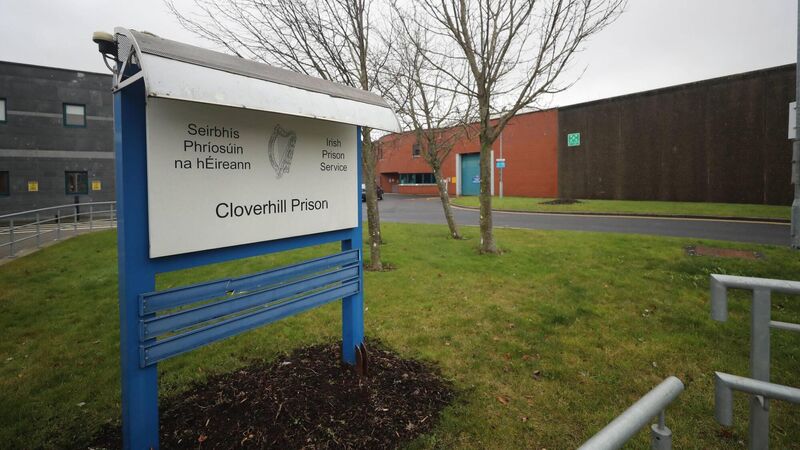Inmate's death prompts watchdog to call for greater efforts to stop prison drug supplies

The series of recommendations follows the findings of a new report by the Office of the Inspector of Prisons into the death of a 20-year-old prisoner in Cloverhill Prison on April 27, 2021. File photo: Niall Carson/PA
The State’s prison watchdog has called for greater measures to prevent prisoners being pressured and coerced into bringing drugs and other contraband into prisons following an investigation into the death of a young inmate in Cloverhill Prison three years ago.
The Office of the Inspector of Prisons (OIP) has also recommended that the Irish Prison Service should intensify its efforts to physically prevent such items from entering the country’s jails and to detect any contraband once on the premises, including through technical means.











